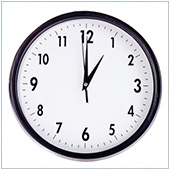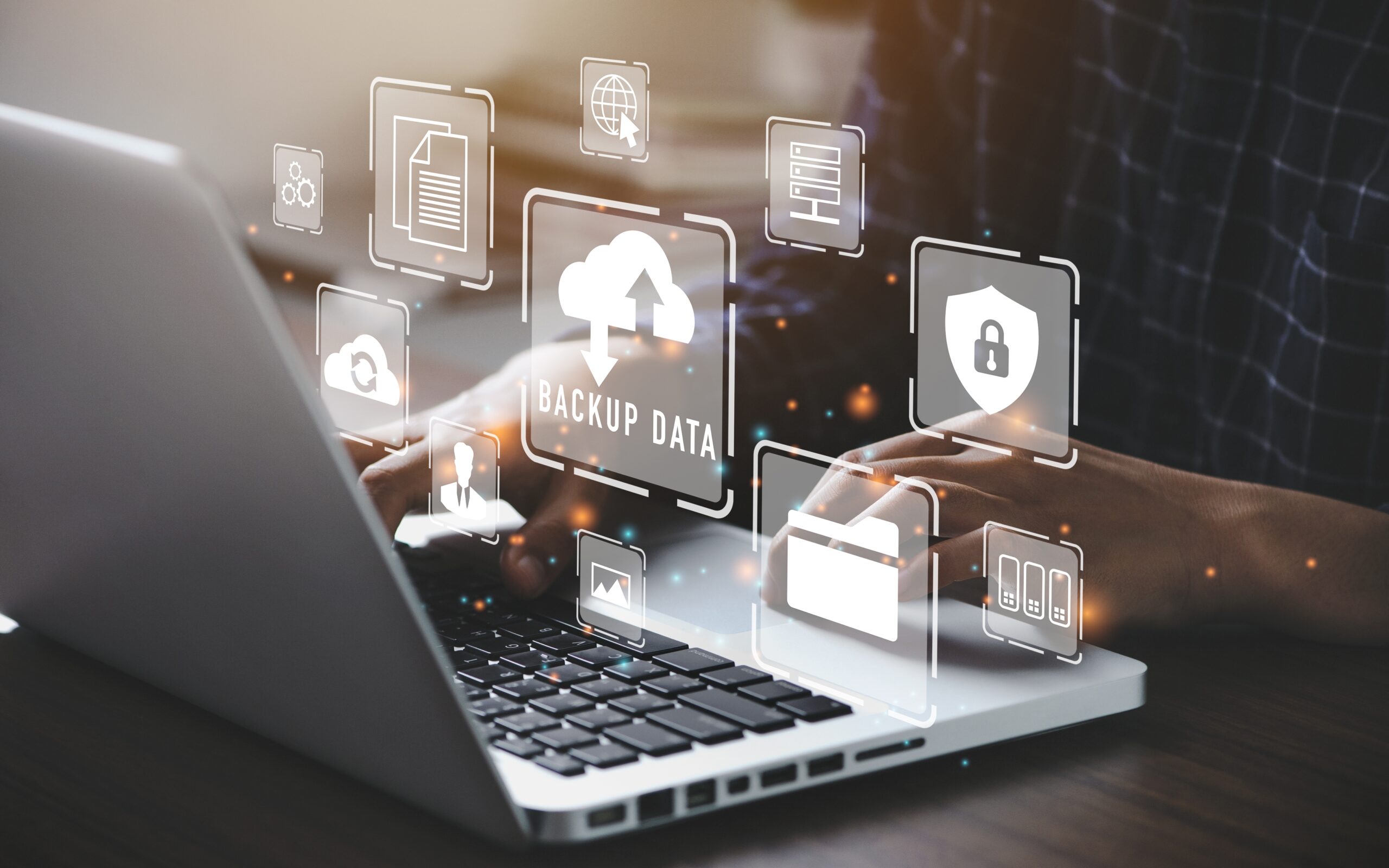 Using Data Visualization
Using Data Visualization
Business Intelligence has become a popular concept among many small business managers and owners – who doesn’t want to be able to harness data to help make decisions? One of the more popular ways businesses manipulate data is by visualizing it. While this can be useful, it’s not perfect for every occasion. So, the question is: when should data visualization be used?
In order to know when data visualization should be used, it’s a good idea to start with why we even use it at all, and what makes it work.
Why visualize data
The whole point of taking data and turning it into more understandable information is so that we can utilize it to make a decision or take action from what we learn. Data visualization is just another way of turning data that we can’t read or understand and turning it into something that we can see and use. In other words, creating information with visible insights.
In general there are three reasons why you might want to visualize data:
- Education – Many visualizations are valuable because they educate or report on a specific topic. These can also provide insight into changes related to a topic over time, so that you are able to understand trends and learn from them.
- Exploration – As more data sets become increasingly larger, it can be tough to easily spot relationships between them and create predictions. Visualization can make this easier to understand and manage.
- Confirmation – If there are assumptions about a subject, and data has been collected, visualizing it can be a useful way to prove or disprove the assumption.
What makes a good data visualization
There are three main aspects of information that make up good effective data visualizations:
- It’s interpretable – With the sheer amount of data available to managers and owners you can be sure that some of it will be useless. It could be the data collected doesn’t have enough relevant information, such as where it comes from, when it was collected and by whom. If you can’t interpret data, you likely won’t be able to gain insight from it which makes it hard to actually visualize what information it is you have.
- It’s relevant – The data shown needs to provide valuable insight to the audience and therefore needs to be relevant. Beyond that, it also needs to align with the overall purpose of why it’s being examined.
- It provides something new – Above all, the visualized data should show some new findings or provide insight that you did not know before.
If the visualization fails to meet any one of these three aspects, you will end up with an outcome that doesn’t provide value and will likely be ignored or viewed with skepticism. In this case it is probably not worthwhile trying to visualize it.
If you would like to know more about how you can visualize data, or how you can harness the data in your organization, contact us today to see how we can help.







